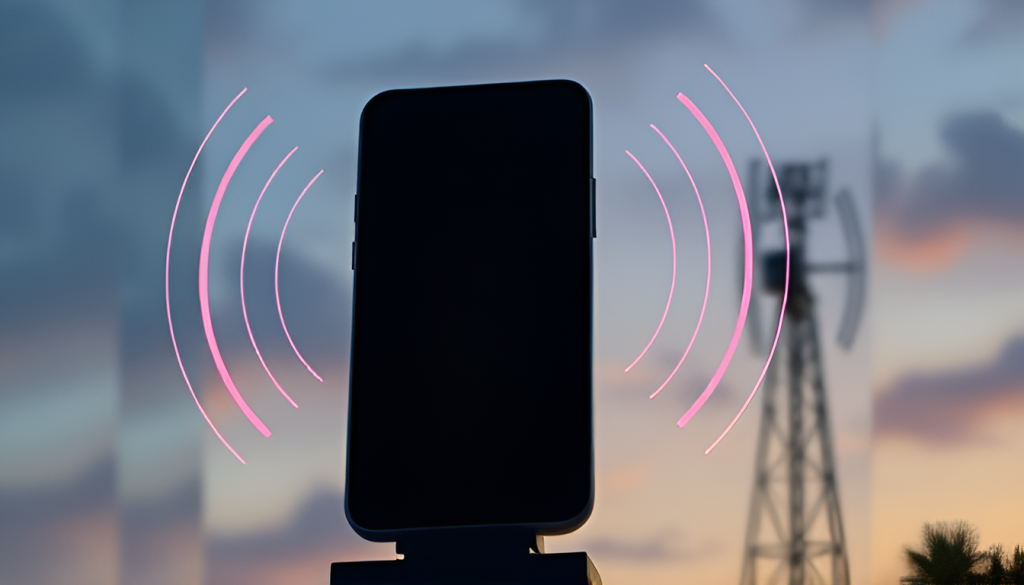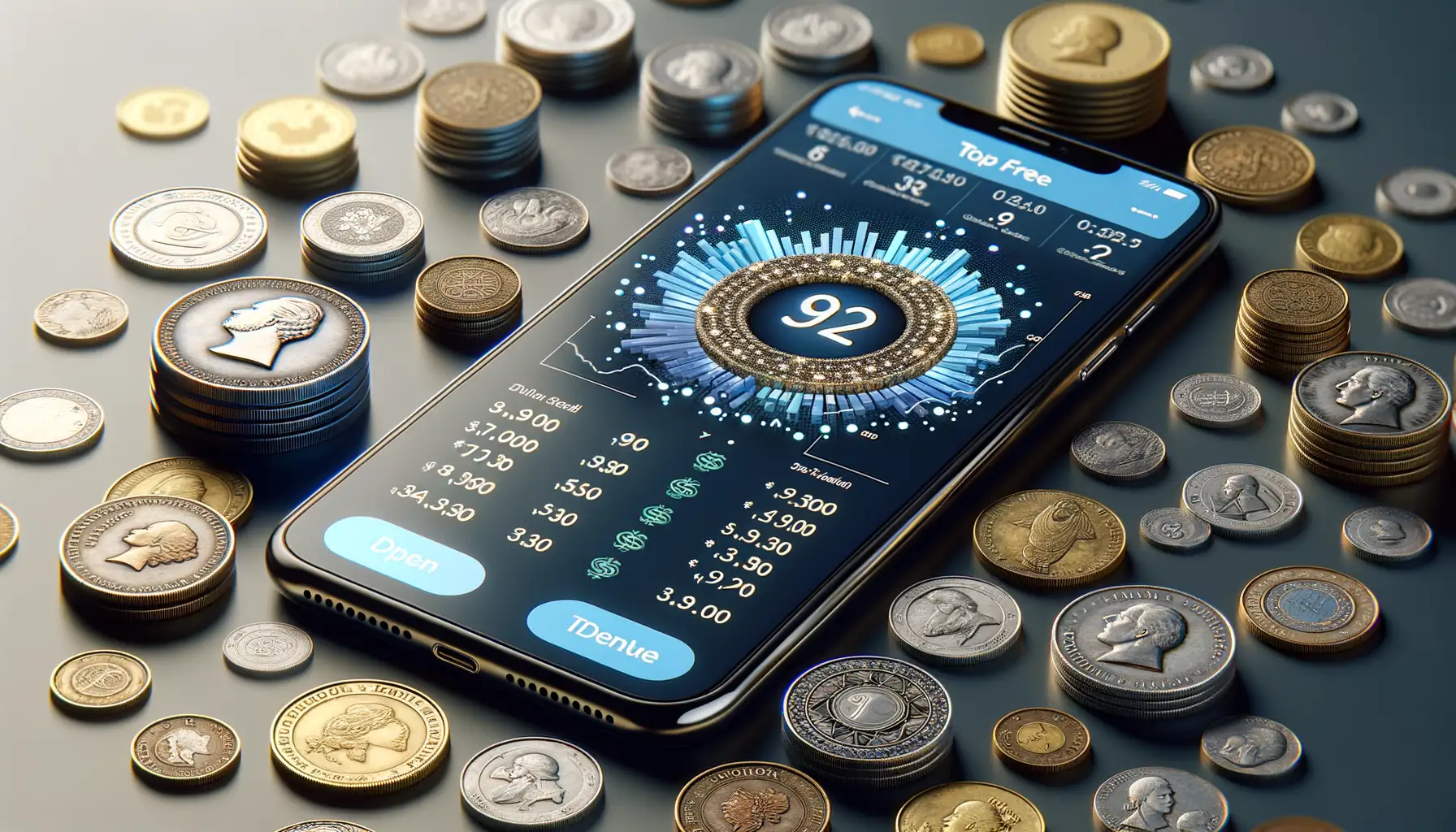The advent of fifth-generation (5G) wireless networks marks a significant leap forward in mobile connectivity, promising unprecedented speeds, ultra-low latency, and the ability to support an exponential growth in connected devices. As we stand on the cusp of this transformative technological shift, it’s crucial to examine how 5G will shape the future of mobile security and privacy, as well as the challenges and opportunities it presents.
The Evolution of Mobile Connectivity
To fully grasp the implications of 5G, let’s first explore its predecessors. The journey from analog voice communication (1G) to digital data services (2G), high-speed mobile broadband (3G), and the Internet of Things (IoT)-ready networks of 4G/LTE has been one of steady progress and innovation. However, each generation has also brought with it new security and privacy challenges that have needed to be addressed.
5G builds upon these foundations, offering performance capabilities that were once unimaginable:
- Peak data rates: Up to 20 Gbps, enabling seamless streaming of high-resolution video and multimedia content.
- Latency: As low as 1 millisecond, making real-time applications like autonomous vehicles and remote surgery a reality.
- Connectivity density: Support for up to one million connected devices per square kilometer, paving the way for smart cities, massive IoT deployments, and other transformative use cases.
These incredible speeds and capacity will undoubtedly revolutionize the way we interact with digital technologies. However, they also introduce new complexities that could undermine mobile security and privacy if not carefully managed.
The Potential Benefits of 5G for Security and Privacy
While the security challenges posed by 5G are significant, it’s important to recognize that the network also offers opportunities to enhance cybersecurity and protect user privacy:
- Enhanced encryption: 5G introduces advanced encryption methods, such as the use of quantum-safe cryptography, which can provide stronger protection against eavesdropping and data interception.
- Network slicing: This 5G feature allows for virtual networks optimized for specific use cases, enabling better isolation of sensitive traffic and reducing the risk of cross-contamination between different types of data. For example, a healthcare provider could have a dedicated network slice for secure transmission of patient data.
- Edge computing: By processing data closer to the user or device rather than in centralized datacenters, 5G can reduce the need to transmit sensitive information over public networks. This can lower exposure to potential threats and improve response times for latency-sensitive applications.
- Improved IoT security: With its ability to support massive numbers of connected devices, 5G has the potential to enable more secure and reliable IoT deployments by providing better connectivity for endpoint protection systems.
These benefits underscore that 5G is not inherently insecure; rather, it offers new tools and capabilities that can be leveraged to strengthen mobile security and privacy. However, realizing these advantages will require proactive measures from network operators, device manufacturers, policymakers, and individual users alike.
The Potential Challenges of 5G for Security and Privacy
Despite its potential benefits, 5G also presents significant challenges that could undermine security and privacy if not properly addressed:
- Expanded attack surface: The sheer number of connected devices and the variety of use cases supported by 5G increase the potential entry points for attackers. More devices mean more potential vulnerabilities that can be exploited.
- Latency-sensitive applications: Low-latency applications like autonomous vehicles and smart cities may be particularly susceptible to denial-of-service (DoS) attacks, which could have severe real-world consequences if they succeed in disrupting critical systems or infrastructure.
- Heterogeneous network environment: 5G networks will combine multiple radio access technologies (4G, Wi-Fi, etc.), creating a complex ecosystem that is difficult to secure consistently. Managing security across these diverse technologies and interfaces will be a major challenge for network operators.
- Privacy concerns: The increased collection and processing of user data by 5G networks could exacerbate existing privacy issues. For example, the greater accuracy of location tracking enabled by 5G’s advanced positioning capabilities may raise concerns about potential misuse or abuse.
These challenges highlight the need for a multi-layered approach to securing 5G networks – one that combines robust technical controls with clear policy frameworks and user education initiatives.

Emerging Threats in the 5G Era
The unique characteristics of 5G could enable new types of cyberattacks:
- Signaling-based attacks: Exploiting vulnerabilities in 5G signaling protocols to interfere with network operations, track users’ locations, or intercept communications. These attacks target the control plane of mobile networks, which is responsible for managing user sessions and routing traffic.
- Physical-layer attacks: Manipulating radio signals to disrupt connectivity, inject malicious data, or gain unauthorized access to devices. As 5G introduces new frequency bands (e.g., millimeter wave), it also opens up new possibilities for these types of attacks.
- Software-defined networking (SDN) attacks: Targeting the software that controls and manages 5G networks, which could allow attackers to manipulate traffic flows, compromise user data, or disrupt network functions.
These emerging threats underscore the importance of building security into 5G networks from the ground up – rather than bolting it on as an afterthought. This will require ongoing collaboration between industry stakeholders, government agencies, and academic researchers to identify and mitigate potential vulnerabilities proactively.
Regulatory and Policy Considerations
As 5G deployments accelerate worldwide, governments are grappling with how to regulate the technology to ensure security and protect consumer privacy. Key policy areas include:
- Supply chain security: Addressing concerns about equipment from potentially untrusted vendors, such as Huawei, which could introduce backdoors or other vulnerabilities into 5G networks.
- Data protection regulations: Ensuring that 5G networks comply with existing data protection laws like the General Data Protection Regulation (GDPR) and the California Consumer Privacy Act (CCPA).
- Standardization efforts: Participating in international standards-setting bodies, such as the 3rd Generation Partnership Project (3GPP), to influence the development of secure 5G technologies.
Effective regulation will require striking a delicate balance between promoting innovation, protecting national security interests, and ensuring that users’ privacy rights are respected. This may involve creating new legal frameworks tailored specifically to 5G or updating existing laws to account for its unique characteristics.
Best Practices for Securing 5G Networks
To mitigate the security challenges posed by 5G, network operators and device manufacturers should adopt best practices such as:
- Implementing robust network segmentation and access control to limit potential damage from successful attacks.
- Regularly patching and updating software to address vulnerabilities in real-time.
- Encrypting data both at rest and in transit using strong encryption algorithms that are resistant to known attacks.
- Using secure boot processes and hardware-backed security features, such as trusted platform modules (TPMs), to ensure the integrity of devices and networks.
- Conducting regular security audits, penetration testing, and vulnerability assessments to identify and address weaknesses proactively.
The Role of the User
While much of the responsibility for securing 5G networks lies with operators and manufacturers, users can also play an important role:
- Keeping devices and operating systems up-to-date with the latest security patches to protect against known vulnerabilities.
- Using strong, unique passwords and enabling biometric authentication where available to prevent unauthorized access.
- Being cautious about connecting to untrusted or open Wi-Fi networks, which could expose sensitive data to eavesdropping or interception.
- Regularly monitoring accounts for suspicious activity and reporting any incidents promptly to relevant authorities.
By staying informed and adopting best practices, users can help strengthen the overall security of 5G ecosystems while protecting their own privacy and digital assets.
Looking Ahead: 5G and Beyond
As 5G continues to roll out and evolve, it’s crucial that the global community remains vigilant in addressing emerging threats. This will require ongoing collaboration between industry, academia, and government stakeholders:
- Research: Investing in research to identify and mitigate potential vulnerabilities in 5G technologies, as well as developing new security mechanisms and best practices tailored to the unique challenges of next-generation networks.
- Testing: Establishing robust testing frameworks to validate the security of new devices and networks before deployment. This could involve creating dedicated 5G testbeds or incorporating 5G-specific scenarios into existing penetration testing regimens.
- Education: Raising awareness among users, businesses, and policymakers about the unique security challenges posed by 5G. This may involve developing targeted educational resources, hosting workshops or webinars, or collaborating with industry associations to promote best practices.
Conclusion
The advent of 5G brings both exciting opportunities and significant challenges for mobile security and privacy. By understanding these potential impacts and proactively addressing emerging threats, we can harness the power of this transformative technology while minimizing risks to users and society as a whole.
As the 5G rollout continues, it’s crucial that all stakeholders – from network operators and device manufacturers to policymakers and individual users – work together to create a secure and privacy-respecting ecosystem. By doing so, we can ensure that this new era of connectivity unlocks its full potential while protecting the digital rights and security of citizens worldwide.
In conclusion, 5G represents not just a technological shift but also an opportunity to rethink our approach to mobile security and privacy in a rapidly evolving landscape. By embracing best practices, fostering collaboration, and staying vigilant, we can shape a future where high-speed connectivity and robust cybersecurity coexist harmoniously – paving the way for a more secure, private, and prosperous digital world.


